As foragers we are used to the notion that if we travel a bit of distance we can find different species or different growing seasons. Here in central Florida, for example, there are no birches, but 150 mile north there are. Here there are no Mahoes but 150 miles to the south there are.
The most extreme example I’ve known, though, is in Scarborough Maine, on the coast, south of Portland, west of Cape Elizabeth. There you will find Pine Point. Not a thousand feet away to the northeast is Black Point. The average temperature difference between the two points is small, a degree or two, slightly colder to the north where the dark spruces likes to grow (Black Spruce would be a good guess, Picea mariana.) On the southern point, one or two degree warmer, there are lighter colored pines. That was pointed out to me by an old environment professor around 1974. He said the ocean current made a turn there creating just enough difference to favor one species over another. There is also a Blue Point in Scarborough. It would be poetic if it were favored by Blue Spruce, Picea pungent. What I also find interesting is perhaps they named the points after the trees on them, which tells us what they saw and thought important. Today these points would have made up real estate development names.
While we don’t have a pine and spruce example here in Florida there is the Coco-plum. It grows in West Palm Beach, on the east coast, and 140 miles directly across the state at Port Charlotte, on the west side, same latitude, same species but they have different growing seasons. The west coast coco-plums are about five weeks ahead of east coast ones. In West Palm Beach now there are small, ripe coco-plums and a lot of green ones still. In Port Charlotte they are large and very ripe, few green ones. Why? The best answer is the Mexican Gulf off the state’s west coast is slightly warmer earlier in the year than the Atlantic off the east coast. The Gulf Stream gets to cool a little as it flows north along the east coast.
Species can also just stop. The American Holly can be found from Mount Holyoak College, Massachusetts to Spruce Creek Park south of Daytona Beach, Florida, and not a foot farther north or south along the coast. There has to be an end or an edge somewhere and sometimes you find it. The American Holly makes a nice tea but without caffeine. The berries are toxic. It is also the holly used to make most Christmas wreaths.
One common place to find a dramatic change in available species is up, altitude. If I remember correctly for every 1000 feet up you also go 700 miles north in plant species. That can mean finding one species of blueberry at the bottom of a Smokey Mountain hill and another species at the top, or finding only Bidens alba on the coast, and Bidens pilosa only on coastal hills, which is the case in Brazil.
And it might not come as a surprise that rivers also can make a difference. Locally the famous Suwanee river sets a line for many genera and species found only north, or south of it. The big divide is the Mississippi River. It can not only separate species,Cnidoscolus come to mind, but creatures as well, some scorpions, for example, are found only east or west of the Mississippi. For about a century Old Mis also kept two different groups of armadillos apart. You do know that an armadillo is don’t you? It’s a flat animal that sleeps on the highway.
In season right now locally is Sliverhead or Beach Carpet. From a distance it looks like white clover growing on the beach or in water. Dubbed Blutaparon vermiculare and related to the amaranth it has a bit of a nasty name, Blutaparon is all right meaning amaranth. But vermiculare means breeding worms. When a mass of it is growing it can look like a lot of earthworms.
Also called Samphire (as are, unfortunately, many shore edibles) it makes a good green once boiled. I’ve eaten a few leaves raw but it’s usually cooked. The most common place to find it is in estuaries, along the shore of brackish water. It also does not have to be directly on the shore. In Port Charlotte Bayshore Park is perhaps 150 feet wide. Then there is a road and on the other side of the road residences. Drainage in the area is low and salt water does push up some drainage ditches. The point is one can find Silverhead in some of the low-lying residential areas adjacent to the shore, as long as the ground is damp. In one instance I found Silverhead growing a good 300 feet from the shoreline.
Upcoming Classes: This week will be something new. After a class at Mead Garden Saturday I will be having a class site unseen in Lake Alfred. The location doesn’t even have an address. The best the city could do was give me the intersection . Open to the public a group of folks in Lake Alfred wanted me to do a walk but I said I didn’t have have a location. They found one. It will be a bit of a challenge as I’ve never been there and have no idea what is there for wild edibles. Should be fun and it could opens up a site between Orlando and Tampa. (It’s been suggested I do a class at the large Kissimmee nudist colony. Not so sure about that…would need to find a strategic notepad…)
Saturday, July 21st, Mead Garden, 1500 S. Denning Dr., Winter Park, FL 32789. 9 a.m.
Sunday, July 22nd, Lake Alfred, Florida. Twin Lakes Park. It is on the corner of E. Swoope St. (which if off of SR-557) and N. Rochelle Dr., 9 a.m.
Sourdough Bread: Want to make your own sourdough starter? Put two handfuls of ripe wild grapes (please make sure they are grapes) in two cups of lukewarm water and two cups of regular flour and keep warm in a jar with a loose fitting cap. In a few days you will see bubbles and smell.. wine. Remove the berries as they can spoil the starter. The starter will now continue on its own. Take one cup of starter and add to six cups of flour. Add just enough water to make the dough easy to handle. Kneed, adding up to four more cups of flour in the process to get a good consistency. Shape into two loaves and let raise (in a warm place) about three hours. After rising, bake. replenish your starter with equal amounts of flour and water to replace was was removed (such as 1/2 cup water and 1/2 cup flour.) Juniper berries (Juniperous communis or J. virginiana for example) can also be a source of yeast as well as a few pieces of aspen bark (Populus tremuloides.) A third source is kefir. To speed up the starter you can also add a little honey or sugar.
To donate to the Green Deane Newsletter click here.

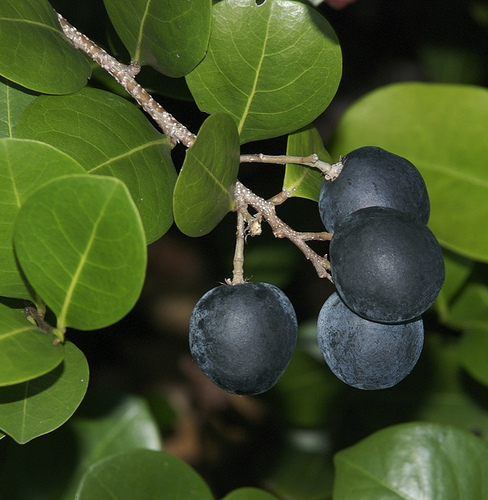
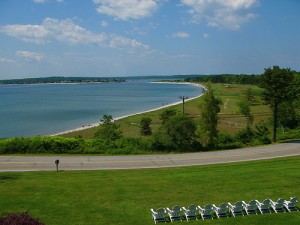
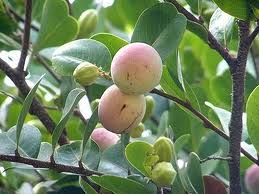
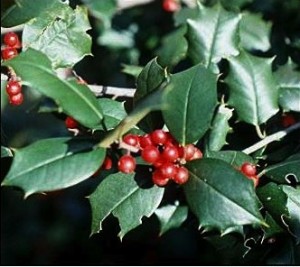
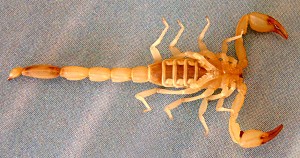
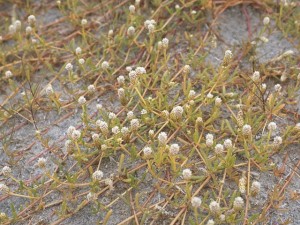
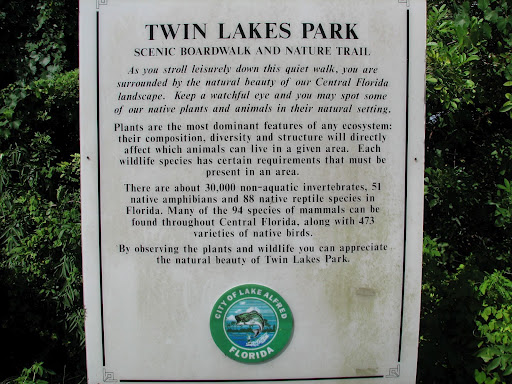
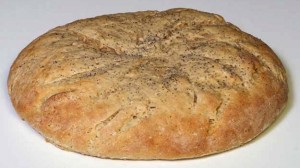

Cool – my wild grapes have been taking over the place, so at least now I have something to do with them 😉 Do they have to be all ripe or can some be still green, or does it matter at all?
Ripe is better, more yeast.
I’m interested in trying the “sourdough” by using juniper berries and mesquite beans. Thanks for this tip!
Hi Mr Deen, thanks for your news letter and your presentation on different kinds of weeds that is edible. We live in Hawaii and we travel around the south pacific educating our island people how to make use of their outdoor plus weeds. I am learning from you each time I read your newsletter!
Thank you again, and may God continue to bless you as you bless others.
I always enjoy your newsletters…very interesting reading and knowledge… I came across something very interesting a couple of weeks ago….maybe you are familiar with…there are so many uses of this tree…but don’t hear much about it….I was looking for a natural pesticide because I have honey bees….I found ” soap nuts “…….There are a couple of different varieties…..I know it’s not about foraging…but ….being from the Chinese soap berry tree in the Himalayas…. I understand the tree’s fruit ( nuts ) has endless natural uses….replacing household chemical cleaners to laundry soap and shampoo for hair….Is there any info. that you know about this amazing tree that you could share ? Thank you so much….Have a great day….Beekeeper….
Do I have to cut up the grapes or will it also work when they are put in as whole berries?
Whole grapes are fine, and easier to retrieve.